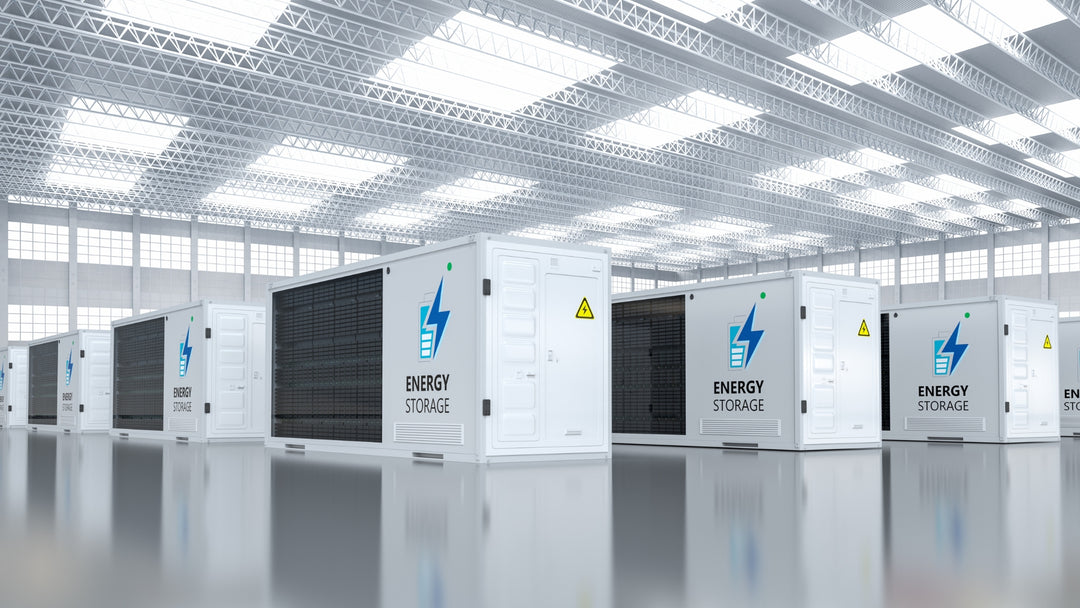Net Zero Capex and the Role for Clean Technologies

In pursuing a sustainable future, companies across various industries are taking significant steps to align their business models with the goals of the Paris Agreement and increasing societal demands for environmental responsibility. At the heart of this transition lies the Net Zero Capital Expenditure (CAPEX) concept. This forward-thinking approach focuses on investing in clean, renewable, and sustainable assets to achieve net-zero carbon emissions.
Mapping the Journey to Net Zero
As the impact of climate change becomes more pronounced, the necessity for businesses to reassess their investment strategies has become crucial. Net Zero Capex is not merely a corporate buzzword but a strategic pivot towards a low-carbon economy. By channeling capital investment into technologies and infrastructure that support renewable energy sources, companies can reduce their greenhouse gas (GHG) footprint while preparing for a carbon-constrained world.
Transitioning to Net Zero Capex requires a holistic and long-term investment perspective. Companies must evaluate the lifecycle emissions of their capital projects, from conception to decommissioning. This calls for a rigorous case-by-case analysis to ensure new investments only lock in carbon emissions for a short time. By making climate a central factor in capital allocation decisions, organizations can ensure their growth aligns with a net-zero future.
Achieving Net Zero Capex necessitates innovative financing solutions. Green bonds, sustainability-linked loans, and climate-focused venture capital funds are burgeoning areas where capital is directed toward environmentally sustainable projects. Financial markets increasingly recognize the value and necessity of such investments, paving the way for competitive returns on sustainable capital projects.
Integrating ESG in Net Zero Strategy
Environmental, Social, and Governance (ESG) criteria are becoming critical factors guiding investment choices. ESG integration ensures that investments are economically viable and positively impact the environment and society. Within this framework, Net Zero Capex can act as a powerful catalyst for delivering value across all three ESG dimensions, developing resilient infrastructure that withstands environmental challenges and fosters inclusive growth.
The race to net zero can only be won with proactive leadership and a strong commitment from the corporate realm. Companies must set ambitious targets, develop robust climate action plans, and foster a culture of sustainability within their organizations. This leadership is pivotal in steering the global economy towards a path that is prosperous and aligned with climate resilience and environmental stewardship.
The journey to Net Zero Capex is fuelled by advancements in technology and innovation. Companies are exploring novel ways to minimize their carbon footprint, from carbon capture and storage (CCS) to energy efficiency measures, sustainable material use, and circular economy principles. Investments in clean technologies are indispensable for realizing the net-zero transition, driving the need for research, development, and technology scaling.
Investing in Sustainable Technologies
Net Zero Capex is the cornerstone for a decarbonized industrial future. By strategically investing in sustainable technologies and infrastructure today, companies can build a competitive edge, enhance their market positioning, and contribute meaningfully to the global fight against climate change.




